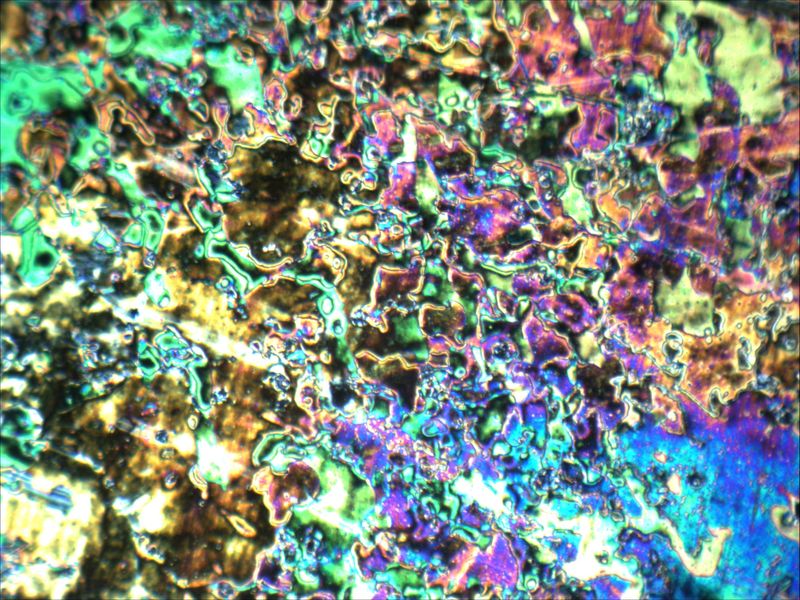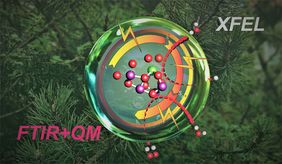Two outstanding publications from scientists of the research networks UniSysCat and the CRC 1078 (Protonation Dynamics in Protein Function) provide new atomistic insights on the dynamics and mechanism of Nature‘s way to produce the atmospheric oxygen (O2), using complementary methodical approaches. In the first study, the group of Athina Zouni and together with Rana Hussein, a postdoc in the group of Holger Dobbek teamed up with researchers from the Berkeley National Laboratory around Junko Yano, a member of the Scientific Advisory Board (SAB) of UniSysCat, and Johannes Messinger from the Swedish Consortium of Artificial Photosynthesis at Uppsala University, both partner institution of our excellence cluster. In the second study, Holger Dau’s research group collaborated with the Italian team of Leonardo Guidoni from L’Aquila.
Both articles investigate the details of a key step in photosynthesis: the formation of O2 through the catalytic oxidation of two water molecules, driven by solar energy in Photosystem II (PSII), which is a pigment-protein complex of more than 100.000 atoms. Discerning the PSII machinery is crucial to derive a comprehensive understanding of photosynthesis, which fuels life on Earth by storing solar energy in a chemical form.
In the first study, Bhowmick, Hussein, Bogacz, Simon et al., https://www.nature.com/articles/s41586-023-06038-z , utilized an X-Ray Free-Electron Laser (XFEL) for time-resolved protein crystallography to capture room temperature snapshots of the Photosystem II in action. By monitoring the catalytic cycle of the photoenzyme, the researchers gained new insights into structural changes at the catalytic site of the protein, the Mn4CaO5 cluster, in particular, during the last step of the catalytic cycle, which results in O-O bond formation and O2 release. The structural data reveal the onset of molecular oxygen evolution through a complex sequence of events occurring over microseconds to milliseconds. These events involve changes at the Mn4CaO5 cluster, its ligands, and the water pathways that control water insertion and proton release.
For details please contact Prof. Dr. Zouni.
In the second study, Greife, Schönborn, Capone et al., https://www.nature.com/articles/s41586-023-06008-5 use time-resolved Fourier-transform infrared spectroscopy (FTIR) in concert with computational chemistry to resolve a formerly largely uncharacterized stage of photosynthetic O2 formation, the S4-state, and its formation by the well-orchestrated coupled motion of an electron and several protons.
For details please contact Prof. Dr. Holger Dau.
The two approaches are highly complementary, as the time-resolved infrared spectroscopic study carried out by the Dau group could show the deprotonation of a carboxylate sidechain involved in the intermolecular proton transfer, while the accompanying quantum chemical calculations predicted very similar structural changes as experimentally observed in the XFEL study involving the Zouni and Dobbek groups. Changes on the protonation level could, however, not be resolved by the latter crystallographic approach with the present resolution. In combination with computational chemistry, it became possible to address the underlying events such as the subsequent steps of proton coupled electron transfer, identification of the so called “S4-state” postulated more than 50 years ago as a specific oxyl-radical state, the "invisible" step of O-O bond formation, and the relation of atomistic events to the rate-limiting steps in photosynthetic O2 formation.
In summary, both studies jointly support an emerging consensus on the mechanism of photosynthetic water oxidation at the atomic level. In this sense, these two articles double our insights into the dynamics of Nature's oxygen evolution, thus, providing new and valuable information for researchers studying photosynthesis and the origins of life on our planet as well as yielding inspiration for inorganic catalyst materials.



